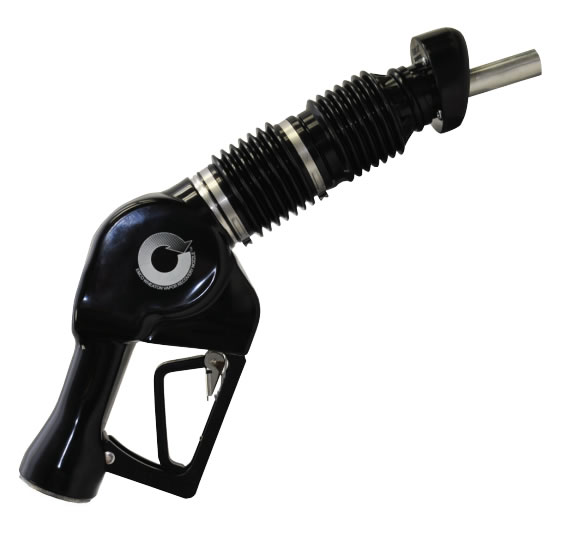Without quality service station equipment, you can’t expect to run a successful business, so it’s important to ensure that you select high performing supplies that will give your business a positive reputation, satisfy all your customers’ needs and save you money by operating much longer than low-grade equipment will. This is especially true when it comes to the fuel nozzles you choose to dispense a customer’s gas. Selecting the wrong nozzles can result in a disastrous situation such as overflowing gasoline, which will no doubt leave a bad impression of your company and be costly to cleanup and replace. To avoid this type of mishap from happening, invest in nozzles that have been proven to uphold industry standards so that customers can put their trust in your facility. Here are a few fuel nozzle features to consider when purchasing new equipment.
Automatic Shut-Off
For obvious reasons, the automatic shut-off of a fuel nozzle is critical. Without it, you can expect for there to be numerous customers who accidentally overfill their gas tanks every day, causing an overflow and leaving a big mess and environmental nightmare behind. An automatic shut-off relieves the customer of having to worry about getting enough gas without the risk of spilling over since the pump will automatically stop on its own when it senses liquid capacity has been reached.
Breakaway
Breakaways are designed to protect both the service station and the customer in the event that it momentarily slips someone’s mind to actually remove the nozzle from their gas tank before driving away (which occurs much more often than you would think). A breakaway device allows the hose to simply detach from the rest of the system instead of potentially uprooting the entire thing, which would leave the facility in disarray and in need of pricey repairs, not to mention the potential harm that could be done to the vehicle.
No Pressure-No Flow Shut-Off
Fuel nozzles described as no pressure-no flow require there to be pressure from the hose in order to be opened and activated and allow the fueling process to begin. If there isn’t enough pressure or if pressure is released, the nozzle will close automatically to eliminate the threat of leaks and spills.
Security pins and splash guards are additional elements to look for in fuel nozzles that will assist with customer safety and help your service station build a reputation for having the highest quality equipment around.


